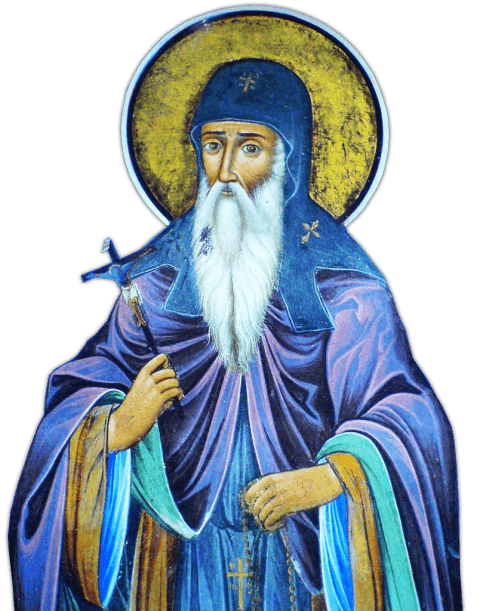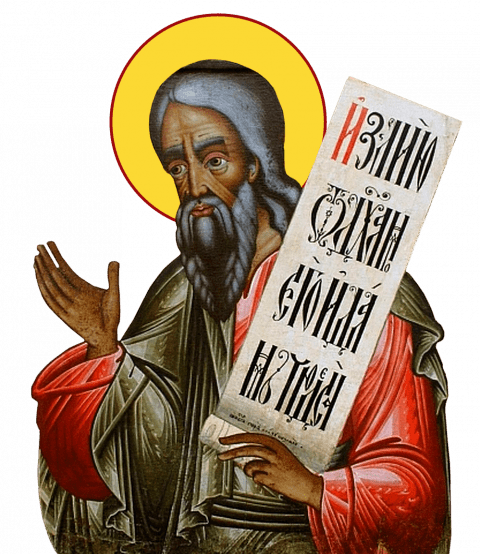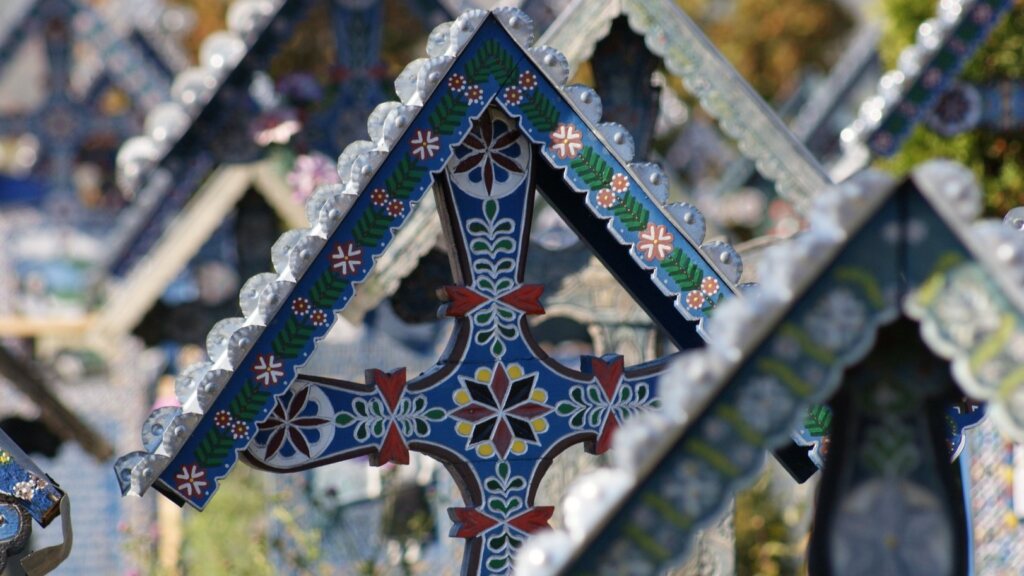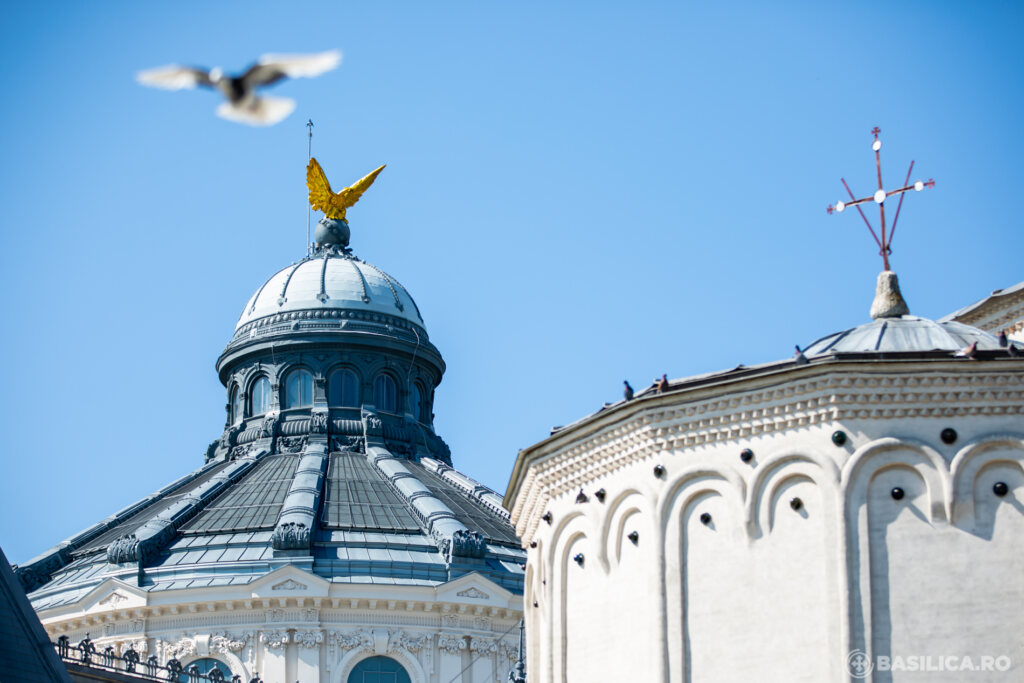Prophet Joel
He predicted the desolation of Jerusalem. He also prophesied that the Holy Spirit would be poured out upon all people, through the Savior of the world (Joel 2:28-32).
The hymnographer Anatolius links Joel’s prophecy to the Nativity of the Lord.
In the Praises at Matins on the Sunday following the Nativity, he refers to Joel 2:30, saying that the blood refers to the Incarnation, the fire to the Divinity, and the pillars of smoke to the Holy Spirit.
He lived around 800 B.C.
Troparion — Tone 2
We celebrate the memory / of Your prophet Joel, O Lord; / through him we entreat You, / save our souls.
Martyr Varus
He lived in Egypt during the period of several persecutions against Christians (late third to early fourth century). Varus (Ouaros) was a military commander and secretly a Christian. He gave assistance to many of the persecuted and imprisoned Christians, and he visited the prisoners at night. He also brought food to the prisoners, dressed their wounds, and gave them encouragement.
Once Varus spent a whole night talking with seven imprisoned monks. These men were Christian teachers who had been beaten and starved. Varus marched with the teachers when they were led to their execution. The judge, seeing Varus’ strong faith, had him fiercely beaten. Varus died during the beating. After his death, the monks were beheaded.
Troparion — Tone 4
Your holy martyrs, O Lord, / through their sufferings have received incorruptible crowns from You, our God. / For having Your strength, they laid low their adversaries, / and shattered the powerless boldness of demons. / Through their intercessions, save our souls!
Saint Cleopatra and her son John
She came from the village of Edra near Mount Tabor in Palestine. She was a contemporary of the holy Martyr Varus and witnessed his voluntary suffering. After the execution, Saint Cleopatra brought the body of the holy martyr to her own country and buried him with reverence. Cleopatra had one beloved son, John, who had attained the honorable rank of officer. To the great sorrow of his mother, John suddenly died. Cleopatra with tears of grief turned to the relics of the holy Martyr Varus, begging him for the return of her son.
Varus and her son appeared to Cleopatra in a dream, radiant in bright attire with crowns upon their heads. She realized that the Lord had received her son into the heavenly Kingdom, and was comforted. After this vision blessed Cleopatra started to live by a church she built over the relics of the holy martyr Varus and her son John, and performed many good deeds. She distributed her property to the poor and spent her time in prayer and fasting. After seven years she fell asleep in the Lord.

Saint John of Rila
The great spiritual ascetic of the Bulgarian Orthodox Church and Heavenly Protector of the Bulgarian nation was born in the year 876 in the village of Skrino in the Sredets district [now Sofia].
After he had been orphaned, the boy became a cowherd in order to avoid people. Once the rich man beat him for losing a cow with its calf. The boy cried long and he prayed, that God would help him. When he found the cow with the calf, the water at that time flowed high and strong in the River Struma.
The young cowherd prayed, he placed his own tattered shirt on the water, made the Sign of the Cross over it, took up the calf in his arms and went with it, as though on dry land, to the other bank of the river where the cow was.
The rich man, hidden in the forest, was frightened upon seeing this miracle. He rewarded the youth generously, then sent him away from his home. Having given away his things, the boy left his village. Where and when the saint took monastic tonsure is unknown.
At the very first he pursued asceticism on a high and barren hill, eating only wild plants. His hut was of brushwood. After a short while robbers fell upon him by night, beat him, and drove him off from there. Then he found a deep cave and settled in it. Soon, his nephew Saint Luke also settled there.
The place was quite unpopulated, so that Saint John at first considered the appearance of Luke a demonic trick, but learning that the youth sought the salvation of his soul, he lovingly accepted him. Not for long, however, did they live together.
Saint John’s brother found the ascetics, and forcibly took away his son. Along the way home the youth died from the bite of a snake. The brother repented and asked forgiveness of the monk. The wanderer went frequently to the grave of the righteous youth; his beloved place of rest was there.
Saint John spent twelve years in the desolate cave, and then he went into the Rila wilderness and settled in the hollow of a tree. He fasted and prayed a great deal, wept incessantly, and ate only grass. Seeing such endurance, God caused beans to grow, which he ate for a long time. The beans and his exploits made him known to people.
Once a flock of frightened sheep ran along the hilly steep paths, and did not stop until the place where the monk lived. The shepherds, following after the flock, with astonishment saw the hermit, who amicably greeted them: “You arrive here hungry. Pick some of my beans and eat.” All ate and were satisfied.
One gathered many beans in reserve. Along the way home he offered them to his comrades, but there were no beans in the pilfered pods. The shepherds turned back penitent, and the Elder stood there, saying with a smile: “See, children, these fruits are appointed by God for subsistence in the wilderness.”
From that time they began to bring to the monk the sick and those troubled by unclean spirits, which he healed by prayer. Fleeing celebrity, the monk went from his beloved tree-hollow and settled on a high and rocky crag difficult of access, where he dwelt for seven years under the open sky.
Reports about the great ascetic reached even the Bulgarian king Peter (927-969), who wanted to meet him. Saint John wrote a letter, refusing such a meeting out of humility.
Later on Saint John accepted under him the guidance of monks, who built a monastery with a church in the cave where Saint John formerly lived. He wisely tended his flock and died on August 18, 946 at 70 years of age.
Five years before his end he wrote in his own hand “A Testament to Disciples,” one of the finest creations of Old Bulgarian literature. The holy life of the ascetic and the remarkable mercies of God through his prayers were a fine preaching of the Christian Faith in the newly-baptized Bulgarian land.
In the uneasy time of struggle of Bulgaria with Byzantium, under the west Bulgarian king Samuel (976-1014), Saint John appeared to his disciples, commanding them to transfer his relics to Sredets (Sofia), where the Bulgarian Patriarch Damian (927-972) was hiding. It is presumed that the transfer of relics took place in the year 980.
Somewhat later, the right hand of Saint John of Rila was transferred to Russia (presumably to the city of Rila, where a church was constructed in the name of Saint John of Rila, with a chapel dedicated to the martyrs Florus and Laurus, on the day of their commemoration (August 18) on which he died).
The name of Saint John was known and loved by the Russian people from antiquity. Data about the death of the saint is preserved, especially in Russian sources (the MENAION for August in the twelfth century, in the Mazurinsk Chronicle).
In the year 1183, the Hungarian king Bela II (1174-1196), during a campaign against the Greeks, seized the chest with the relics of Saint John, together with other booty, and took it to the city of Esztergom.
In the year 1187, after he embellished the reliquary, he sent back the holy relics with great honor. On October 19, 1238 the relics of Saint John were solemnly transferred to the new capital, Trnovo, and put in a church dedicated to the saint. On July 1, 1469 the holy relics of Saint John of Rila were returned to the Rila monastery, where they rest to the present day, granting grace-filled help to all the believers.
Troparion — Tone 1
Your life was a foundation of repentance / and a model of compunction, / an image of consolation and spiritual perfection, / equal to the angels, O venerable one. / You persevered in prayer, fasting and tears, O Father John; / intercede with Christ God for our souls.

On this same day, we commemorate the transfer of the relics of Saint John, Abbot of Rila in Bulgaria (1238).
The relics of Saint John were transferred from the city of Sredets [Sofia] to Trnovo, the capital of the Bulgarian realm, in the year 1238.
Tr by oca.org







